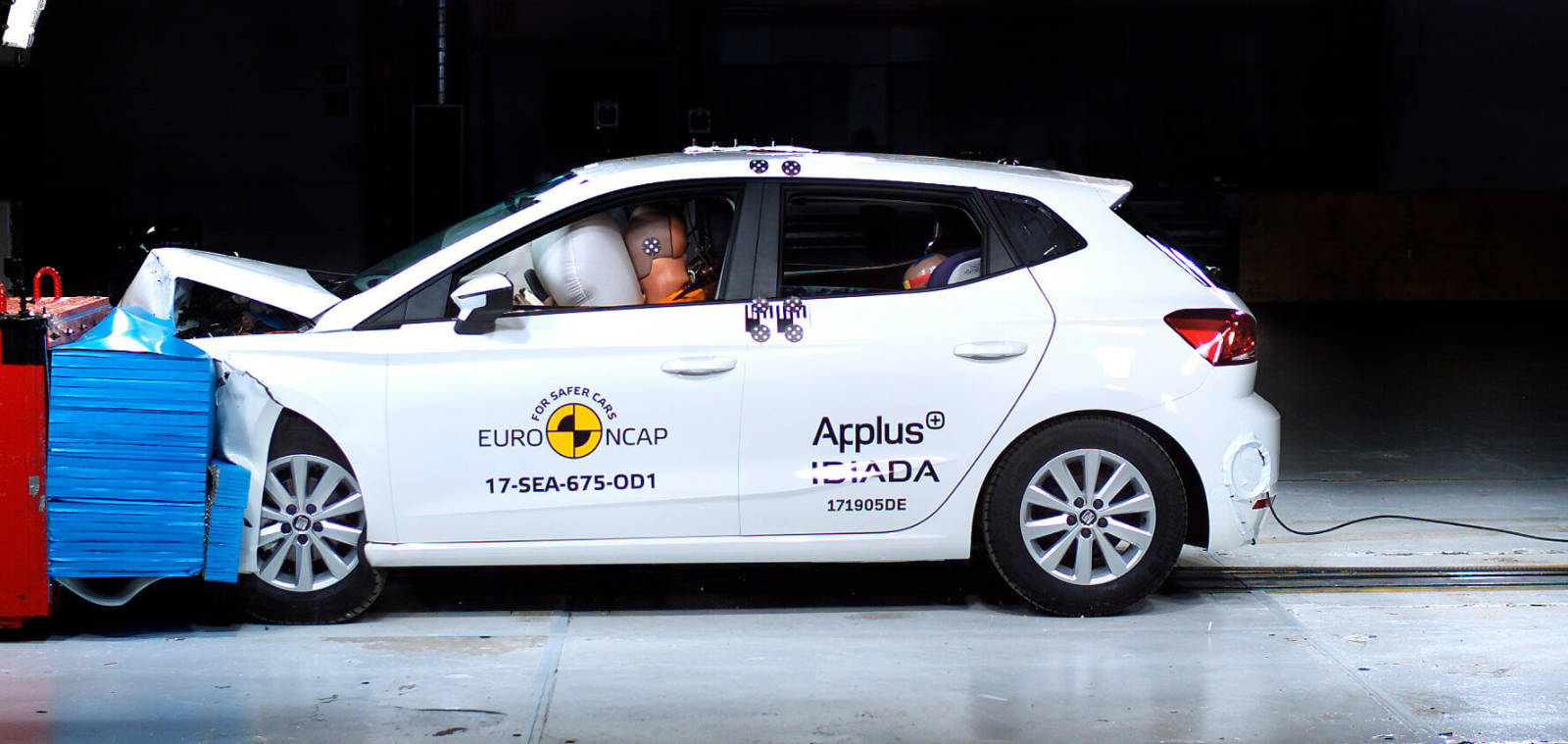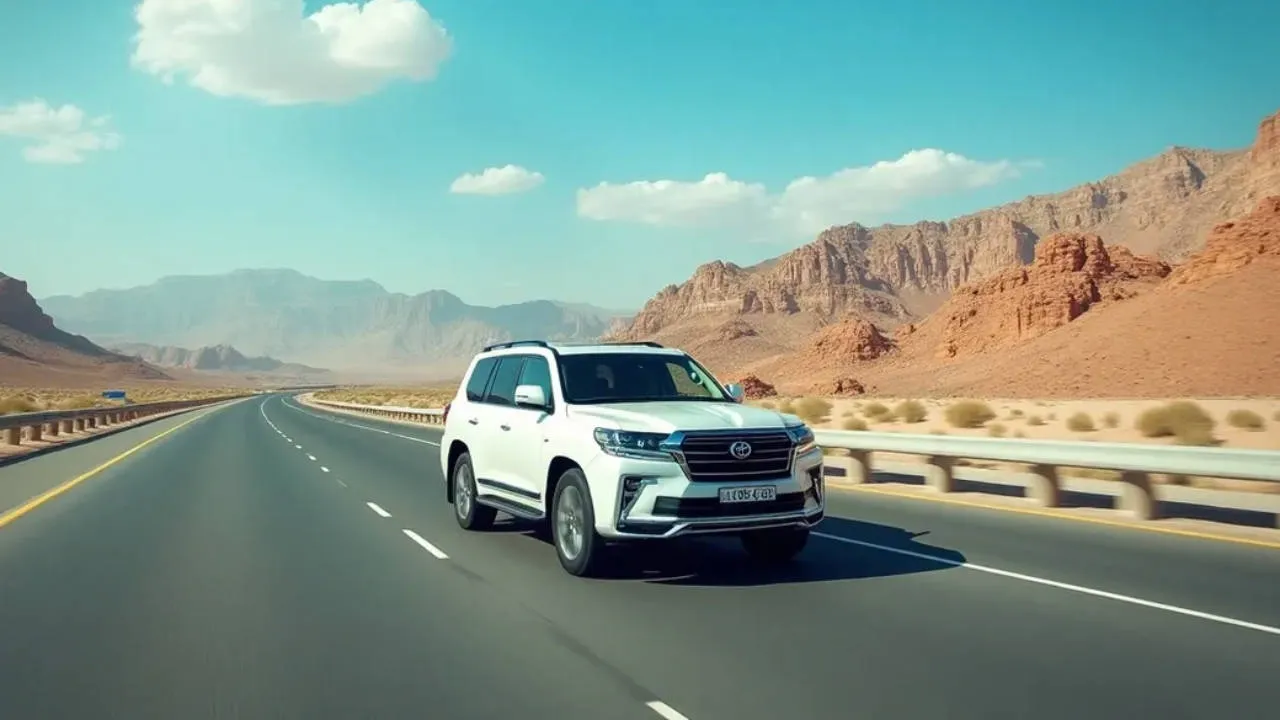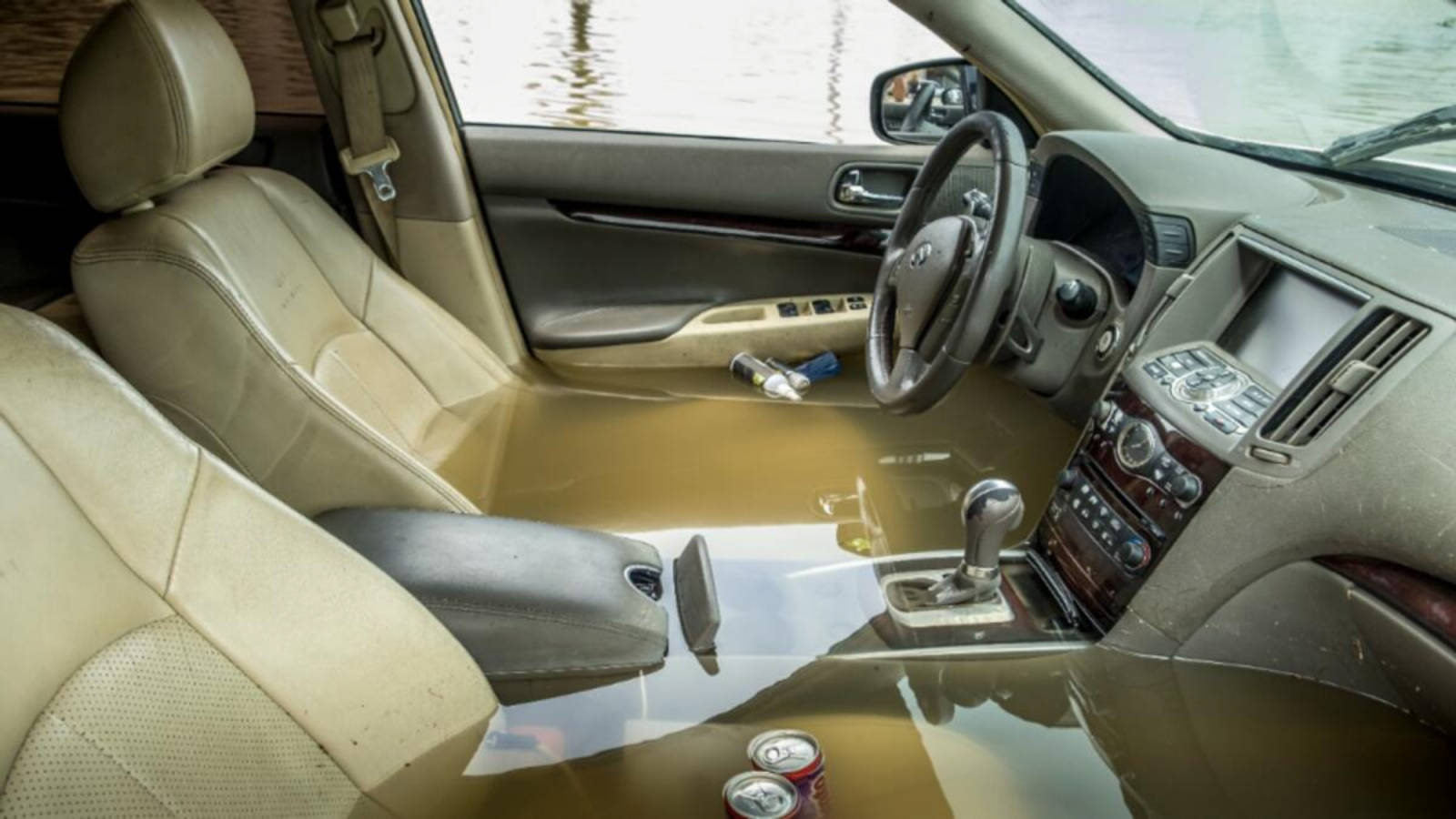Passive Safety Systems in a Car — Guide To Automotive Terms

Even the safest drivers can encounter unexpected situations on the road. Cars are engineered with a multitude of safety features to protect occupants in the event of a collision. These passive safety systems don’t prevent accidents but rather come into play after a crash has occurred to minimise injuries.
From the familiar seatbelt to the innovative pop-up bonnet, let’s explore the various components that make up a car’s passive safety arsenal and understand how they work together to keep you safe on the journey.
Before we delve into the world of passive safety systems in a car, let us look at some of the highlights of safety systems.
Types of Safety Systems in a Car
Passive Safety:
These systems are designed to minimize injuries to occupants in the event of a crash. They come into play after a collision has occurred and cannot prevent the accident itself.
Active Safety:
These systems are designed to help drivers avoid accidents altogether. They use a variety of sensors and technologies to monitor the driving environment and warn drivers of potential hazards or even take corrective actions.
Now that we have an understanding of when passive safety in cars is effective, let us look at various systems that help occupants after a crash.
Seatbelts
Seatbelts are the cornerstone of passive safety. They restrain occupants during a crash, preventing them from being ejected from the vehicle. The most common type is the 3-point belt, which distributes crash forces across the chest, hips, and shoulders.

Types of Seatbelts
- Lap Belt (2-Point Belt): Less common but found in older cars or the centre rear seat of most modern cars. Offers minimal protection compared to 3-point belts.
- 3-Point Seatbelt: The most common and effective type for everyday driving. Features a lap belt and a diagonal shoulder belt distributing impact forces across the chest, hips, and shoulders.
- 4 or 5-Point Harness: Primarily for racing and child safety seats. Features two shoulder belts, two lap belts connecting at the hips, and an additional belt between the legs for maximum restraint in high-impact situations.
- 6-Point Harness: The most secure racing harness with an additional pair of shoulder straps for maximum upper-body stability. Ideal for high-performance racing with extreme lateral forces. Even more complex to install and use compared to other harnesses.
Airbags
Airbags are like lightning-fast inflatable cushions strategically positioned within the car’s interior. Upon impact, sensors trigger their deployment at an incredible speed (up to 320km/h!).
Airbags create a protective barrier between occupants and the vehicle’s hard surfaces, mitigating potential injuries to the head, torso, knees, and even the sides of the body depending on the airbag type.
Types of Airbags
- Front Airbags: Shield head and chest in frontal crashes.
- Side Airbags: Protect chest, abdomen, and pelvis from side impacts.
- Curtain Airbags: Deploy from roof pillars to safeguard heads and necks in rollovers or side impacts.
- Knee Airbags: Protect driver’s legs in frontal crashes.
- Center Console Airbag: Prevents occupant-to-occupant injuries in side impacts.
- Rear Seat Side Airbags: Shield rear passengers’ torsos in side impacts.
- Roof-Mounted Airbags: Offer extra head/neck protection in rollovers (some cars).
- Inflatable Seatbelts: Emerging tech for better crash force distribution (rare).
Types of Airbag Technologies

Inflation
Single-Stage:
This is the most common type, where a single propellant rapidly inflates the airbag upon sensor detection of a crash.
Dual-Stage:
A more sophisticated system that uses two stages of propellant deployment. The first stage provides initial inflation, while the second stage tailors the inflation pressure based on the severity of the crash for potentially gentler occupant cushioning.
Sensor
Impact Sensors:
These sensors detect the force of a collision and trigger airbag deployment.
Occupancy Sensors:
This system incorporates occupancy sensors that can detect the presence and weight of a passenger in a seat. This allows the airbag system to adjust deployment parameters or even deactivate airbags in unoccupied seats or even for child safety seats.
What is an SRS Airbag?
SRS stands for Supplemental Restraint System. It’s a broader term encompassing all the airbag systems within a car. So, all the airbags you encounter (front, side, knee, curtain, etc.) are technically part of the SRS Airbag system.
Crumple Zones
Crumple zones are designed to crumple and absorb the force of a collision in a controlled manner. These engineered sections are typically located at the front and rear of the car. By deforming upon impact, crumple zones significantly reduce the energy transferred to the passenger compartment, keeping occupants safe.

Types of Crumple Zones in a Car
- Frontal Crumple Zones: These crumple progressively to absorb the force of a head-on collision.
- Rear Crumple Zones: Designed to absorb impact from a rear-end collision, protecting both the rear occupants and those in the vehicle that caused the collision.
- Side Crumple Zones: Integrated within the doors and chassis, these zones absorb energy from side-impact crashes.
Head Restraints
Head restraints integrated into the back of seats, aim to minimize the risk of whiplash by providing support for the head and neck, preventing them from hyperextending. Some head restraints are adjustable to ensure proper positioning for optimal protection.
Safety Cage
The passenger compartment is a high-strength steel structure designed to form a protective cage around occupants in a crash. This cage resists deformation, safeguarding the integrity of the survival space within the vehicle.
Shatter-resistant Glass

Car windows are made from laminated glass, a type of safety glass that holds together upon impact. This prevents dangerous shards from scattering and causing injuries.
Padding
Strategic padding is placed on the dashboard, steering wheel, and other interior components to absorb impact and reduce potential injuries during a collision.
Automatic Door Locks
These systems automatically lock the car doors upon reaching a certain speed, preventing occupants from being ejected in a crash. Additionally, they may unlock automatically upon airbag deployment to facilitate emergency egress.
Collapsible Steering Column
The steering column is designed to collapse upon impact, absorbing energy and preventing serious chest injuries to the driver.
Fuel Shut-off Switch
A collision can damage fuel lines, creating a fire risk. A fuel shut-off switch automatically cuts off the fuel supply in the event of an impact, minimizing the chance of a post-crash fire.
Pop-up Bonnet

In a pedestrian collision, a pop-up bonnet raises slightly upon impact, creating more space between the engine and the hood. This extra space helps absorb impact and potentially reduces injuries to the pedestrian.
Reinforced Roof
A reinforced roof prevents the car from caving in and crushing occupants during a rollover accident.
External & Internal Rear-view Mirrors
Rearview mirrors provide drivers with a clear view behind the vehicle, allowing them to change lanes and manoeuvre safely. Rearview mirrors, made from shatter-resistant glass to minimize the risk of injury from broken fragments, offer drivers a clear view of the vehicle.
We have covered the important terminology involved in a car’s passive safety systems. Read other automotive term guides here. If you are new to the automotive terminologies guide, we recommend giving the beginner’s guide a read.
Find used cars for sale in the UAE and new cars for sale in the UAE.
Subscribe to DubiCars’ WhatsApp Channel for the latest automotive news, guides, polls, and informative infographics.
Also Read:
- A Detailed Guide To Automotive Terms — Car Segments
- A Detailed Guide To Automotive Terms — Infotainment
- A Detailed Guide To Automotive Terms — Car Interiors








